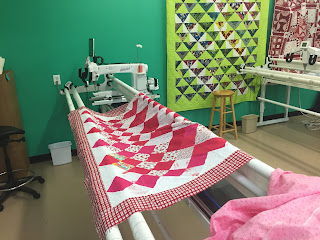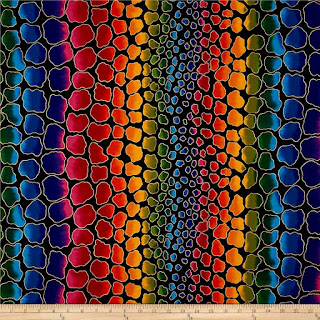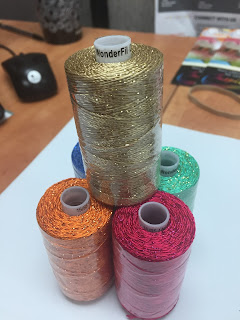
Quilting Tips & Tricks you can’t do without: 1- Make sure you service your machine periodically. Always clear any lint and make sure that the bobbin case is very well oiled. I usually keep empty bobbins and once I reach 6 I oil the bobbin case. Don’t forget to service your machine once a year by the manufacturer. If you do a lot of quilting this might have to be done more often than yearly. 2- A quilter must avoid interruptions while quilting. Make sure you have pre-wound bobbins ready so you do not have to be interrupted. 3- If you are using old or vintage fabrics then you must use only cotton threads. Other type os threads (Rayon for example) will cut through your fabric if it is old. 4- Fabric, Fabric and then more fabric! As a professional quilter you need to develop a huge stash of fabrics. Make sure you buy more than you need for each a...





